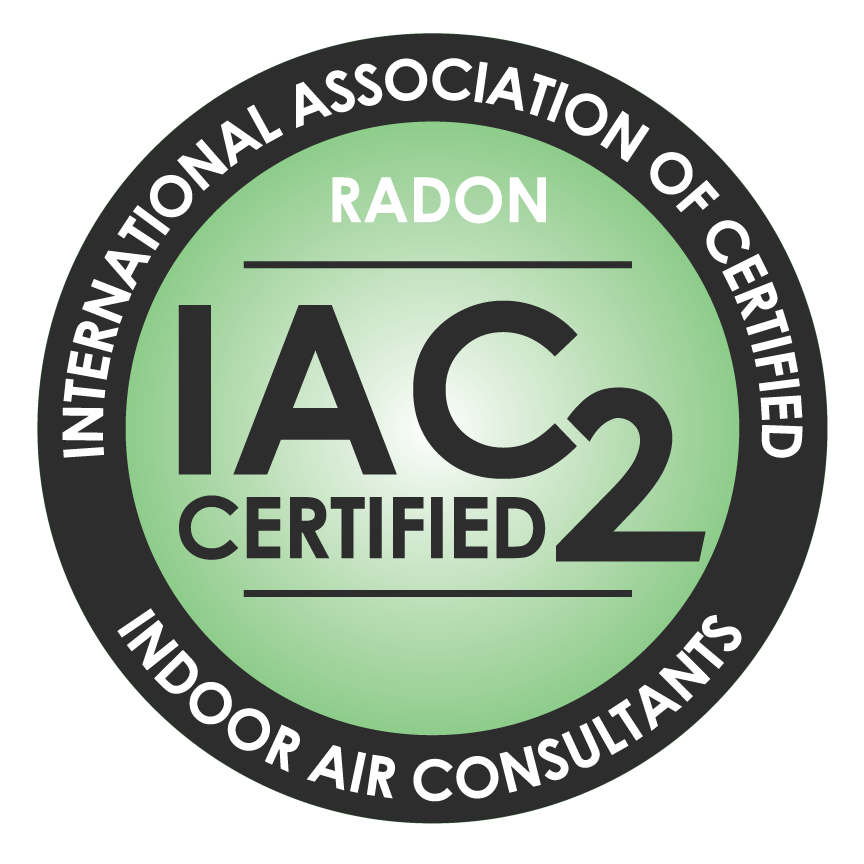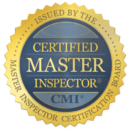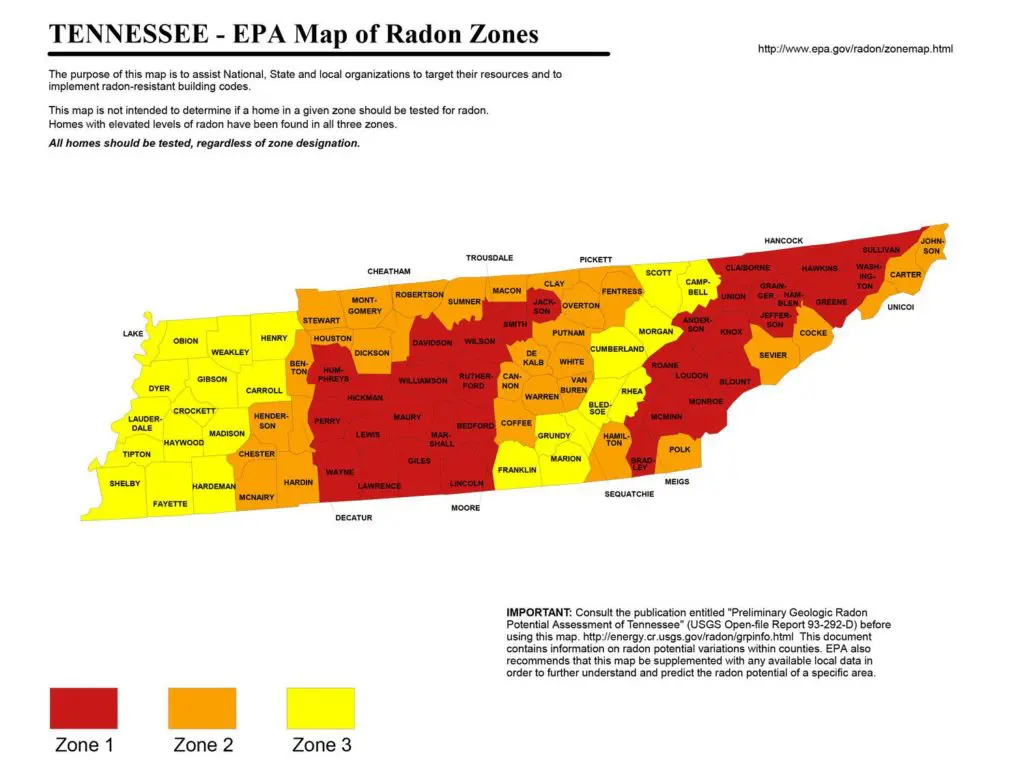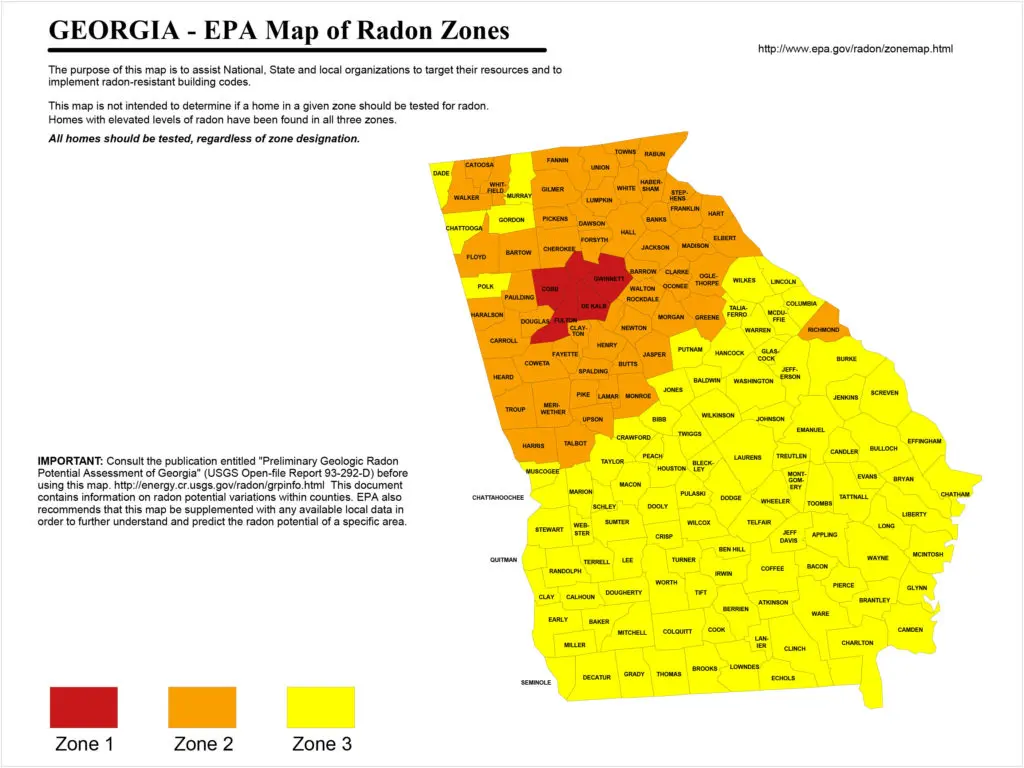Radon Testing
Home Inspectors, You Can Trust
What is radon and why do I need Radon Testing?
Radon is a naturally occurring radioactive gas produced by the breakdown of uranium in rocks and soils. Radon gas is tasteless, colorless, and odorless. The only way to know if it is in your home is to test for it.
Is radon a problem in Tennessee?
Yes. The Tennessee Department of Environment and Conservation (TDEC) considers radon to be a very serious problem in our state. No matter where you live in Tennessee, there is the potential for radon to enter your home. Regardless of your zone designation or geographic location, all homes should be tested for radon. There is no zone that has no risk factor for radon.

What are the health effects of radon?
Radon gas has been identified as the second leading cause of lung cancer, second only to cigarette smoking. Radon is responsible for about 21,000 lung cancer deaths every year. About 2,900 of these deaths occur among people who have never smoked.
As radon gas breaks down, it emits high-energy alpha particles. These particles are in the air we breathe, and once inhaled, they can be deposited in our lungs. The energy associated with these particles can alter cell DNA, thus increasing the risk of lung cancer. Persons who smoke and live in a home with elevated radon levels are at a very high risk to develop lung cancer.
Fortunately, radon does not generally present a health risk outdoors because it is diluted in the open air. Radon can, however, build up to dangerous levels inside a house, any other buildings, or caves.
How does radon enter my home?
Radon is a radioactive gas that comes from the soil. Most homes and buildings are constructed atop the soil on a property. Air pressure inside your home is usually lower than the pressure in the soil beneath and around your home’s foundation. Because of this difference in air pressure, your house acts like a vacuum, drawing radon in through foundation cracks and other openings. Radon may also be present in well water and can be released into the air in your home when water is used for showering and other household uses. In most cases, radon entering the home through water is a small risk compared with radon entering your home from the soil.
Radon testing & how much radon is dangerous to my health?
Radon is measured in picocuries per liter of air or pCi/L. The average concentration of radon in outdoor air is 0.4 pCi/L. The average radon concentration in the indoor air of America’s homes is about 1.3 pCi/L The U.S. Environmental Protection Agency (EPA) has established 4 pCi/L as an action level in which one should initiate measures to reduce the amount of radon in a home. However, there is no safe level of radon. The EPA recommends that if the radon level detected in a home is between 2 and 4 pCi/L, steps should be taken to reduce it to below 2 pCi/L.







